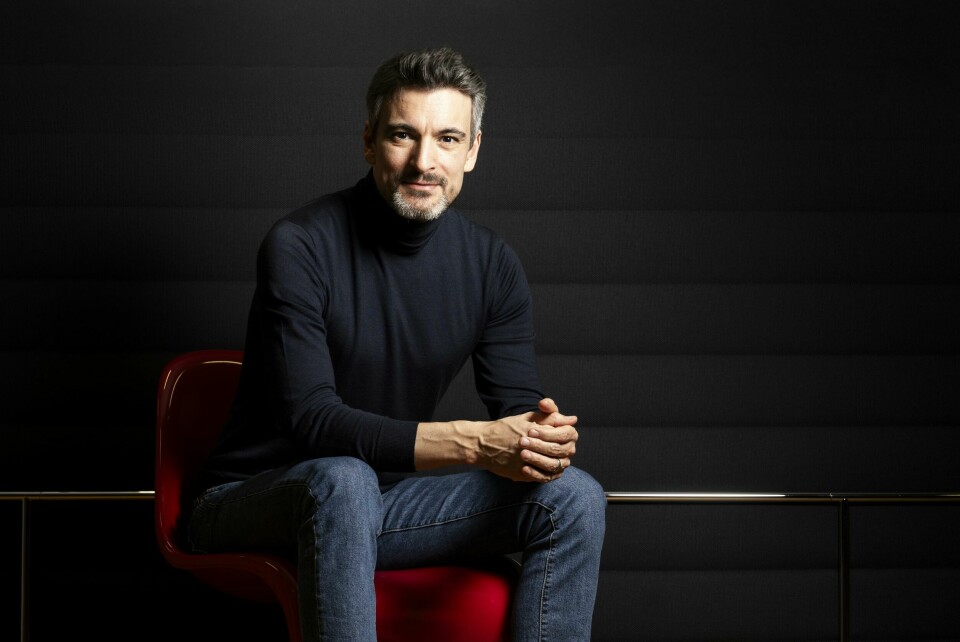
Exclusive Q&A: Oliver Samson, Kia Europe Design
Kia Europe Design’s chief senior designer Oliver Samson talks tech and European aesthetics in Car Design News’ exclusive studio chat
Now with his feet firmly under the table, almost a year on since (re-)joining Kia in April 2024, chief senior designer Oliver Samson gave an exclusive audience to Car Design News, and a walkaround of Kia’s impressive seven-storey Frankfurt building (of which Design occupies five).
The mild-mannered and thoughtful ex-Kia (2003-2007), Mercedes (2007-2018), Nio (2018-2021) and most recently Changan (2021-2023) designer made his name with cars including the 2016 Mercedes Vision Maybach 6 concept and 2021 Nio ET5 and 2022 Nio ET7, before effectively taking over the running of Kia’s Europe Design centre from Gregory Guillaume last spring.
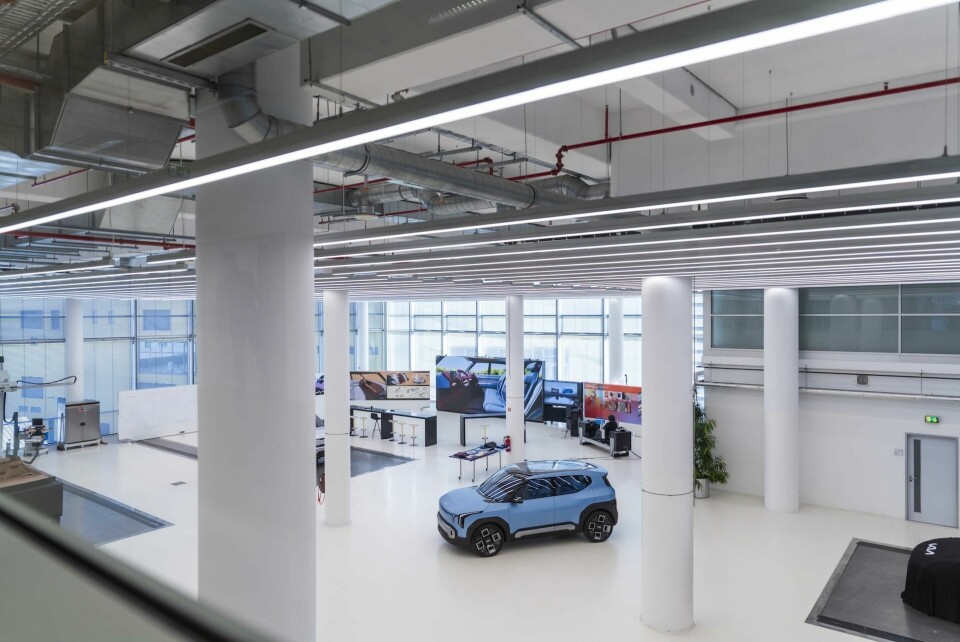
Part of the 47-year-old Indonesia-born and Pforzheim-educated German designer’s new remit is to make Kia Europe’s design operation compete more globally. With more than two decades of experience at both historic European and start-up Chinese brands, plus a 7300 sq m workplace boasting airy floor-to-ceiling glass offices, a double-height modelling area with six full-size plates,12 milling machines and three power walls, he’s well-placed and equipped to carry out the brief. Read on here for his thoughts on getting the job, what his boss wants now and the trouble – and opportunity – with current automotive UX.
Car Design News: How did the move to Kia Europe happen?
Oliver Samson: I knew [current Kia global design boss]Karim Habib from my Mercedes days because he was there for a bit and I worked for him. I liked him a lot for several reasons: he knows his car design field very well and is a fantastic designer. But also, as a human, he really impressed me. Back then we worked under a lot of pressure with a lot of constraints, but I respected Karim for his leadership. We kept in touch and then the opportunity was just a phone call away.
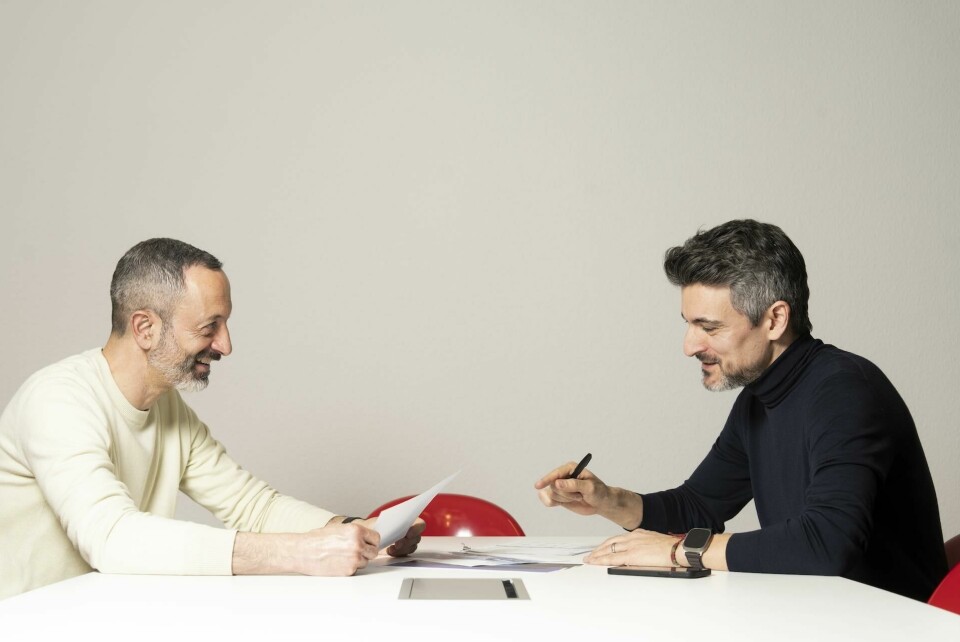
CDN: What does Karim want you to do for Kia and what’s the direction for the European studio in particular?
OS: There was a very strong period where the European design studio delivered one car after the other. Then that started to slow down a little bit naturally, because there are always rhythms in every studio, with high times and low times. When Karim started at Kia, it was in Korea, so that studio became very strong because he got new leaders and there was a new vibe. There was a feeling of starting something new and this will happen here as well eventually. I would say in the next wave we have to be competitive with Kia’s US and Korea studios. That’s our goal.
CDN: As Karim lives in Germany now, do you think Kia Design’s centre of gravity has shifted. And if so, does that help you?
OS: Yes, that helps. But I think our understanding of a European studio has changed in respect of thinking more globally now. We’re not just concentrated on our own cars like the EV2, we’re also deliberately delivering something for the global market as well. For all the projects – even if it’s an EV9, K4 or another car not specifically planned for the European market – we still have to provide a strong design. That’s probably the thing that has changed. There’s a balance between all the studios now, because every studio can deliver something, and the best will be chosen.
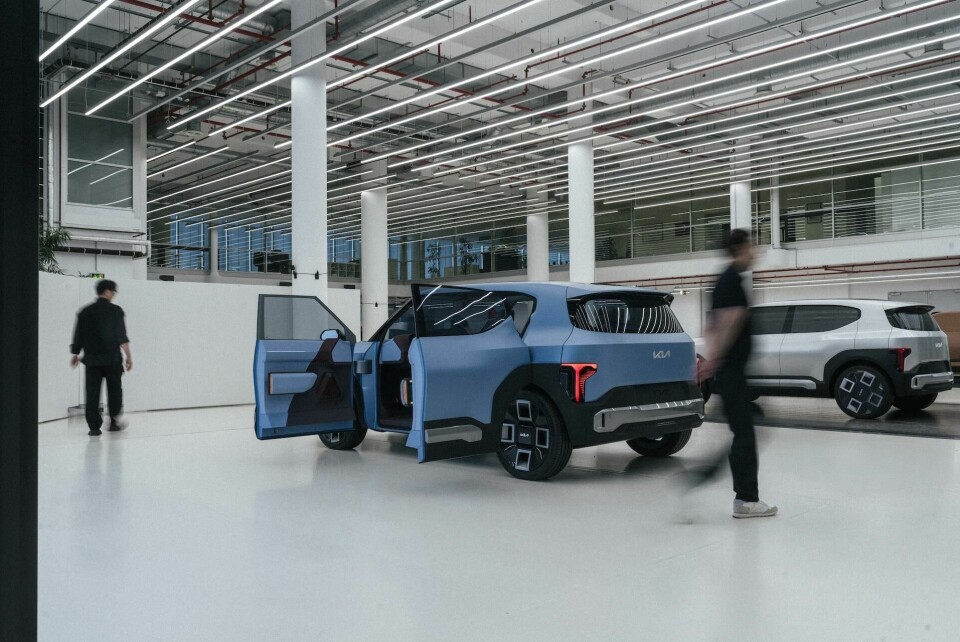
CDN: So it’s not so political now?
OS: It’s fairer, because you’re being chosen on the product you’ve made.
CDN: Is there anything that one studio is better able to handle due to its facilities? Or are they quite even on that level too?
OS: We’re sharing the same equipment. In terms of weaponry, we have the same, so now it’s just about talent.
CDN: And in numbers? Korea is still the biggest studio, right?
OS: Of course. The Korean studio is bigger. But the US studio is a similar size to here in Europe. We’re between 60-70 staff, depending on the season and the number of contractors. Of those, about 30 are in [pure] design, and 20 or so in design operations.
CDN: Does your studio cover every design discipline?
OS: We [will] cover all disciplines in Europe, although UX is something we’re setting up right now with a small team. We don’t have it yet, but this year we already have the plans and people on board. That’s going to grow.
CDN: Car UX is the ever-thorny subject. I bet you use Apple CarPlay?
OS: Yeah, exactly.
It doesn’t mean the car shouldn’t be high-tech, just less ‘in your face’
CDN: To get better than Apple at UX is so much effort, but is the idea at some point to kick that and Google’s Android Auto into touch?
OS: It’s very tough, because what are customers using in the rest of their day?
CDN: Of course, and that behaviour is due to familiarity as well…
OS: And it’s familiarity for me [too], Apple is fine. Totally. I think we have to find a way to work together with them to make our own bespoke Kia design. It doesn’t matter which operating system it is, but we have to work with them together to find a way to customise it for us.
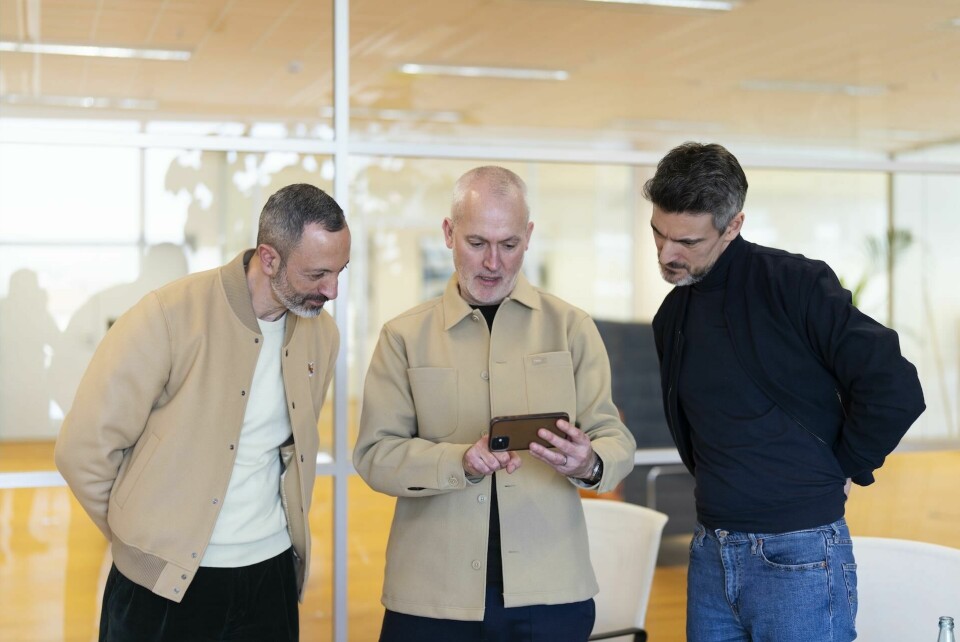
CDN: But aren’t Apple a bit closed to that kind of approach?
OS: Yeah. But I can customise my Apple watch. I can choose. We will have to make it our own.
CDN: Is Apple more open to collaboration than it once was?
OS: I cannot speak for Apple in this case, but that’s the way we could maybe go in the future. How am I using the UX myself? I just plug my phone in and go from there, I even use [Apple’s] navigation.
CDN: Me too. But there are certain things – maybe turning off some of the car’s safety bleeps – which I do through your system. Making that easy is important.
OS: Correct.
CDN: Regarding those other aspects of car UX that are not really Apple’s thing, are you having conversations?
OS: We, from Europe, are not, because all the suppliers for our UX are in Korea. We are just now setting up a network between us and Korea to collaborate and bring the European spin on things to that team. As of now, the communication between suppliers and the design department is happening in Korea. The [UX] suppliers are not here.
CDN: Do you think there’s a need for a European take on UX? You’ve got the very American Silicon Valley, maybe ‘tech-bro’ style UX and then Asian versions, which can be super ‘busy’ and intense, but I think some European customers want certain UX aspects pared back. Do you personally want to imbue a European UX aesthetic and vibe, from the way the doors open to how the touchscreen and everything else works?
OS: I personally think ‘less is more’ and I think you’re totally right, especially compared to the Chinese perspective, which is much louder. They want to have everything digital. I do like a couple of the applications that are popping up in China now, with voice control to open the window, roof or whatever, that work astoundingly well. Even with their AI, they have a different way of perceiving. That is not so much the case in Europe. I think we want things a little simpler. But that doesn’t mean the car shouldn’t be high-tech. It just doesn’t have to be so much ‘in your face’.















